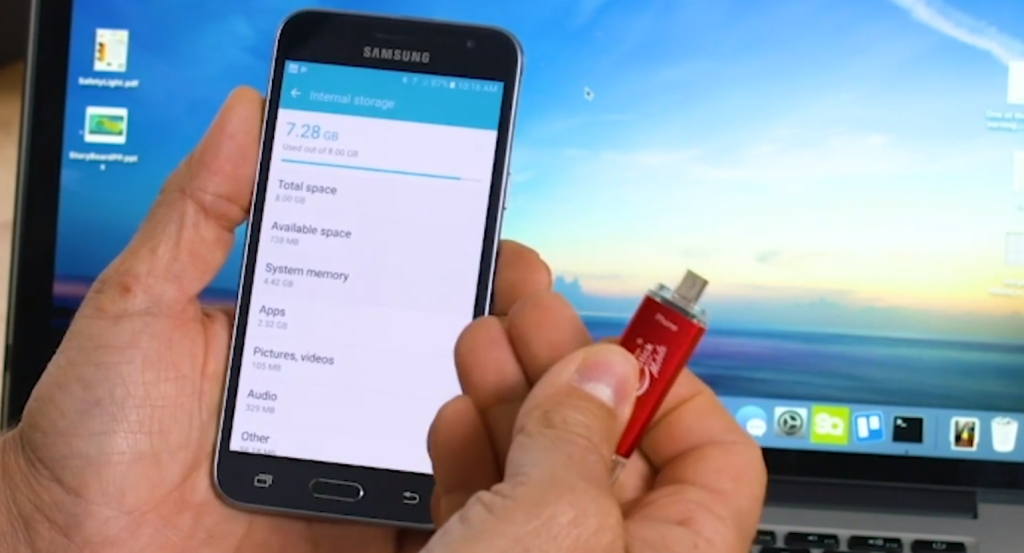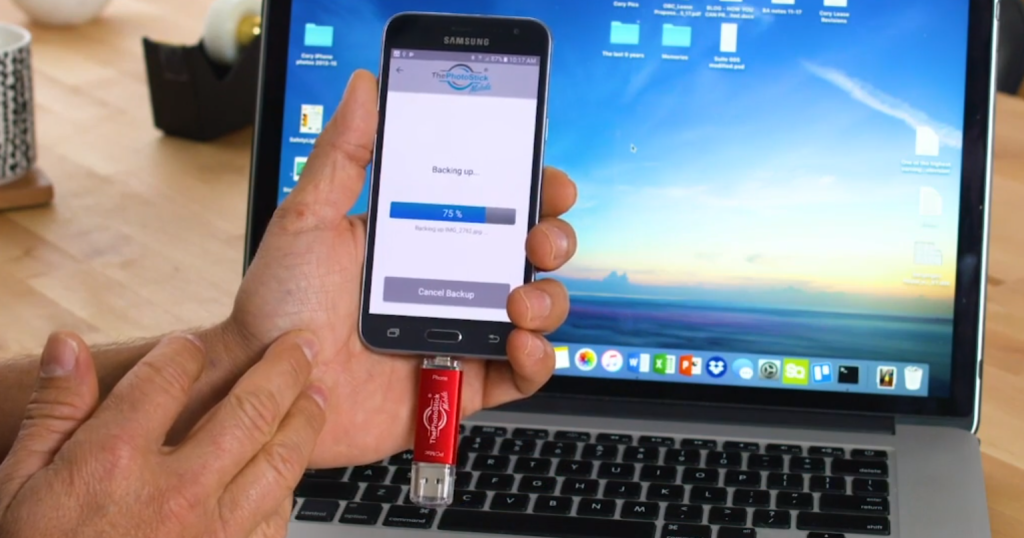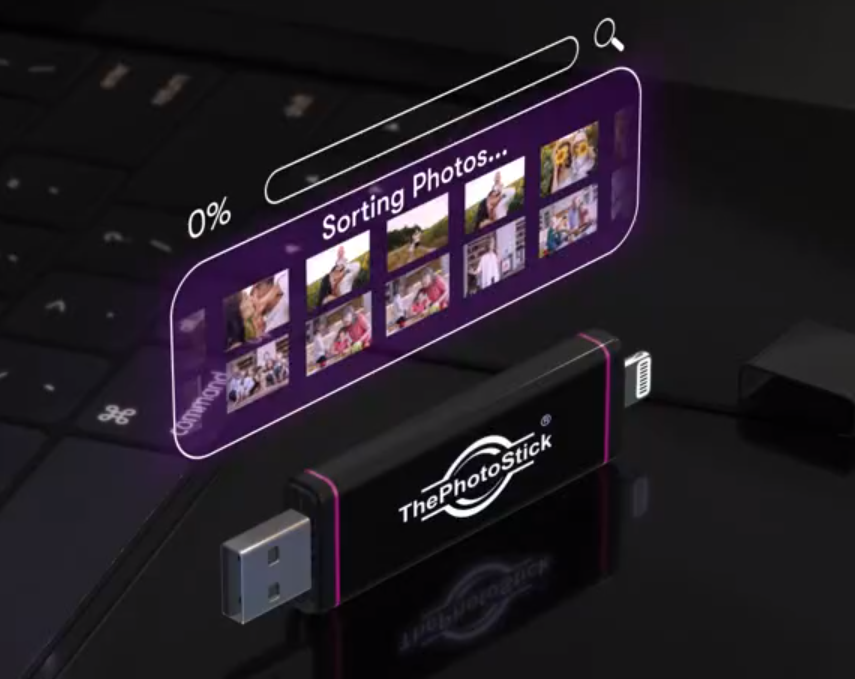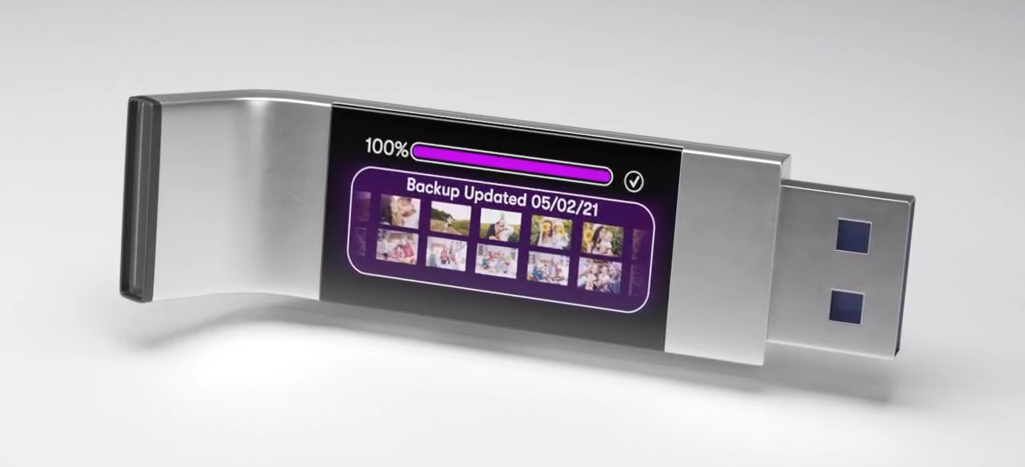Are you tired of losing precious videos due to accidental deletion or device malfunctions? Looking for a foolproof way to safeguard your video collection? Well, look no further! In this article, we will delve into the world of video backups and show you how to back up videos like a pro. From storing them on external drives to utilizing cloud storage services, we've got you covered with practical tips and tricks. So, grab your popcorn, and let's get started!
When it comes to backing up your videos, there are several options to consider. One of the most common methods is to use an external hard drive or USB flash drive. These portable storage devices allow you to transfer your videos from your computer or mobile device and keep them safe in case of any technological mishaps. Another popular option is to take advantage of cloud storage services like Google Drive or Dropbox. With these platforms, you can upload your videos to the cloud and access them from anywhere, anytime so whether you're a budding filmmaker or a sentimental home video enthusiast, learning how to backup videos is an essential skill that will bring you peace of mind. So, please sit back, relax, and let's explore the exciting world of video backups together!
How to Backup Videos: A Step-by-Step Tutorial
- Connect an external hard drive or USB storage device to your computer.
- Create a new folder on the external storage device to store your videos.
- Open the folder on your computer where the videos are located.
- Select the videos you want to back up and copy them.
- Paste the copied videos into the new folder on the external storage device.
- Wait for the videos to finish copying, then safely eject the external storage device.
How to Backup Videos: A Comprehensive Guide
Backing up your videos is crucial to ensure that you never lose precious memories or important footage. Whether you are a professional videographer or simply someone who loves capturing life's moments, having a reliable backup system is essential. In this article, we will guide you through the process of backing up your videos, providing you with valuable tips and insights along the way.

Why Backup Videos?
Before we delve into the details of how to back up videos, let's first understand why it is so important. Imagine spending hours filming and editing a video only to have it accidentally deleted or lost due to a technical glitch. Without a backup, all your hard work would be gone in an instant. By creating backups, you can protect your videos from such unfortunate events and ensure that they are safe and easily accessible whenever you need them.
Additionally, backups provide peace of mind. Knowing that your videos are securely stored in multiple locations gives you the confidence to continue capturing and creating without the fear of losing everything. It also allows you to free up space on your devices, as you can safely delete videos once they are backed up, knowing that they are safely stored elsewhere.

Choosing the Right Backup Method
When it comes to backing up videos, there are various methods to choose from. Each method has its pros and cons, so it's important to consider your specific needs and preferences. Here are a few popular backup methods:
External Hard Drive
An external hard drive is a reliable and convenient option for backing up videos. Connect the hard drive to your computer and transfer your videos onto it. Make sure to choose a hard drive with sufficient storage capacity to accommodate your video files. Keep the hard drive in a safe location to protect it from physical damage or theft.
One of the advantages of using an external hard drive is that it provides offline storage, meaning your videos are not dependent on an internet connection. This can be particularly useful if you have a slow or unreliable internet connection.
Cloud Storage
Cloud storage has gained immense popularity in recent years and for good reason. It offers a convenient and secure way to backup videos. With cloud storage, your videos are stored on remote servers, accessible from any device with an internet connection.
There are numerous cloud storage providers, such as Google Drive, Dropbox, and iCloud. Many of these providers offer a certain amount of free storage, with options to upgrade to larger storage plans for a fee. Consider factors like storage capacity, ease of use, and security when selecting a cloud storage provider.
NAS (Network Attached Storage)
A NAS system might be the ideal solution if you have multiple devices and want to access your videos from any of them. A NAS device is essentially a centralized storage system connected to your home network. It allows you to store and access your videos from various devices, such as computers, smartphones, and smart TVs.
Setting up a NAS system may require a bit more technical knowledge, but it offers the flexibility of accessing your videos from anywhere within your home network. NAS devices come in different storage capacities, allowing you to choose one that suits your needs.
Also Read More:
Backing Up Videos: Step-by-Step
Now that you have an understanding of the different backup methods let's dive into the step-by-step process of backing up your videos.

Step 1: Organize Your Videos
Before you start the backup process, organizing your videos is essential. Create folders or categories based on the content, making it easier to locate specific videos later on. This step will help you maintain a systematic approach to your backup process.
Step 2: Choose Your Backup Method
Select the backup method that suits you best based on your preferences and needs. Consider factors such as storage capacity, accessibility, and ease of use.
Step 3: Transfer Videos to Backup
Once you've chosen your backup method, transferring your videos is time. Connect your external hard drive, sign in to your cloud storage account, or set up your NAS device. Follow the instructions provided by the specific backup method to transfer your videos.
Step 4: Verify and Test Your Backup
After the transfer is complete, take some time to verify and test your backup. Ensure that all the videos have been successfully transferred and that they are accessible from the backup location. This step provides peace of mind and reassurance that your videos are indeed backed up.
Step 5: Regularly Update Your Backup
Backing up your videos should not be a one-time task. To ensure that all your new videos are protected, make it a habit to update your backup regularly. Set reminders or create a schedule to remind yourself to transfer new videos to your backup location.
Tips for Effective Video Backup
Backing up your videos is an ongoing process, and here are a few additional tips to help you make the most of your backup system:
- Automate the backup process whenever possible to save time and ensure consistency.
- Consider encrypting your videos to enhance security and protect them from unauthorized access.
- Make use of compression techniques to reduce the file size of your videos without compromising quality.
- Label and tag your videos for easy search and retrieval.
- Regularly check the health of your backup devices, such as hard drives, to avoid any potential issues.
By following these tips, you can establish a robust and reliable video backup system that safeguards your videos for years to come.

Conclusion
Backing up your videos is a vital task that should not be underestimated. You can protect your precious memories and important footage by choosing the right backup method, organizing your videos, and regularly updating your backup. Remember, accidents happen, and technology can fail, but with a solid backup system in place, you can rest easy knowing that your videos are safe and secure.
Key Takeaways – How to Backup Videos
- Organize your videos into folders to make it easier to back them up.
- Use cloud storage services like Google Drive or Dropbox for convenient video backups.
- Consider storing your videos offline using an external hard drive or USB flash drive.
- Make sure to regularly back up your videos to avoid potential loss or damage.
- Check the backup options in your video recording devices or apps for automatic backups.
Frequently Asked Questions
What Are The Best Ways To Back Up Videos?
Backing up videos is essential to ensure you don't lose precious memories or important footage. Here are two effective methods to backup your videos:
1. Cloud Storage: Utilize cloud storage services like Google Drive, Dropbox, or iCloud. These platforms allow you to upload and store your videos in the cloud securely. They provide ample storage space, accessibility from any device, and automatic syncing, ensuring your videos are always backed up.
2. External Hard Drive: Invest in an external hard drive with sufficient storage capacity. Connect the hard drive to your computer and transfer your videos onto it. External hard drives offer a physical backup solution as they store your videos offline. Remember to regularly update and maintain your hard drive to prevent data loss.
Can I Back Up Videos On My Smartphone?
Yes, you can back up videos on your smartphone using various methods. Here are two options:
1. Cloud Backup: Enable automatic backup settings on your smartphone to sync your videos to the cloud—services like Google Photos, iCloud, or Dropbox offer seamless video backup solutions. Make sure you have a stable internet connection for smooth video uploads.
2. External Storage: If your smartphone supports expandable storage, consider using a microSD card. Transfer your videos to the microSD card and keep it as a physical backup. Additionally, you can connect your smartphone to a computer and transfer the videos to an external hard drive for extra security.
How Can I Back Up Videos From My Camera?
Backing up videos from your camera is crucial to preserve your footage. Follow these steps to ensure your videos are safely backed up:
1. Connect to a Computer: Connect your camera to a computer using a USB cable. Once connected, your camera will appear as a removable storage device on your computer. Copy and paste the video files from your camera to a desired folder on your computer's hard drive.
2. Backup to External Storage: If you prefer a physical backup, consider using an external storage device such as an external hard drive or a USB flash drive. Connect the storage device to your computer and transfer the videos from your camera onto it. Remember to keep your external storage in a safe place to avoid damage or loss.
Are There Any Online Platforms Specifically Designed For Video Backups?
Yes, there are online platforms specifically designed for video backups. Here are two popular options:
1. Vimeo: Vimeo is a video hosting platform that offers secure backup capabilities. It allows you to upload and store your videos in high quality. Additionally, Vimeo provides privacy settings, allowing you to control who can view your videos.
2. YouTube: Although primarily known as a video-sharing platform, YouTube also provides backup functionality. You can upload your videos to YouTube as unlisted or private, ensuring they are backed up and accessible only to you. Keep in mind that YouTube has certain limitations on video duration and file size.
What Precautions Should I Take When Backing Up Videos?
When backing up videos, it's important to take the following precautions to ensure the safety and accessibility of your video files:
1. Multiple Backup Locations: Avoid relying solely on one backup method. Use a combination of cloud storage, external hard drives, and physical storage to minimize the risk of data loss. This redundancy ensures that you have other copies of your videos, even if one backup fails.
2. Regular Backups: Create a backup schedule to update your video backups regularly. Whether weekly, monthly, or quarterly, setting a routine ensures you don't miss backing up any new videos. Consider using automated backup software or reminders to streamline the process.
Final Summary: Safeguard Your Precious Memories with Easy Video Backup
As we navigate an increasingly digital world, our memories are often captured in videos. Whether it's a cherished family vacation, a milestone birthday celebration, or a heartwarming moment with loved ones, these videos hold immense sentimental value. However, the fear of losing them due to accidental deletion, device failure, or data corruption can be overwhelming. That's why learning how to back up videos is crucial in preserving these precious memories for years to come.
In this article, we've explored various methods to back up videos effectively. From cloud storage solutions like Google Drive and Dropbox to external hard drives and portable storage devices, plenty of options suit your needs. By following a few simple steps, you can safeguard your videos and ensure they are easily accessible whenever you want to relive those special moments.
Remember, the key is establishing a regular backup routine to prevent potential loss. Set reminders or automate the backup process to make it a seamless part of your digital life. Don't wait until it's too late to regret not having a backup of those irreplaceable videos. Take action now and give yourself peace of mind knowing that your memories are safe and secure.
So, go ahead and start implementing these video backup strategies today. Don't let the fear of losing your precious memories hold you back. With a little effort and the right tools, you can ensure that your videos will always be there to bring a smile to your face and warm your heart. Embrace the power of video backup and cherish those priceless moments for a lifetime.














